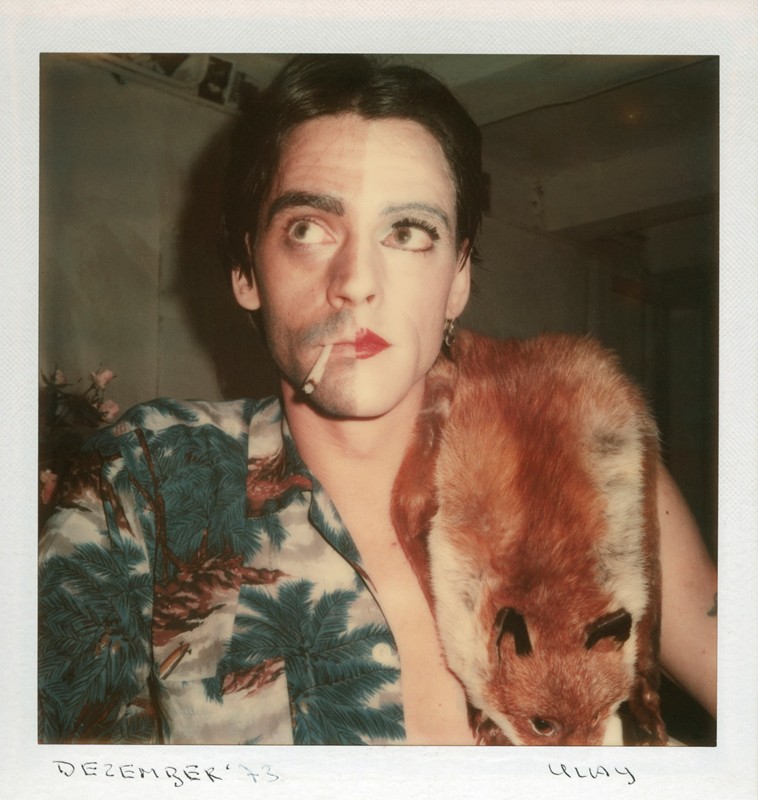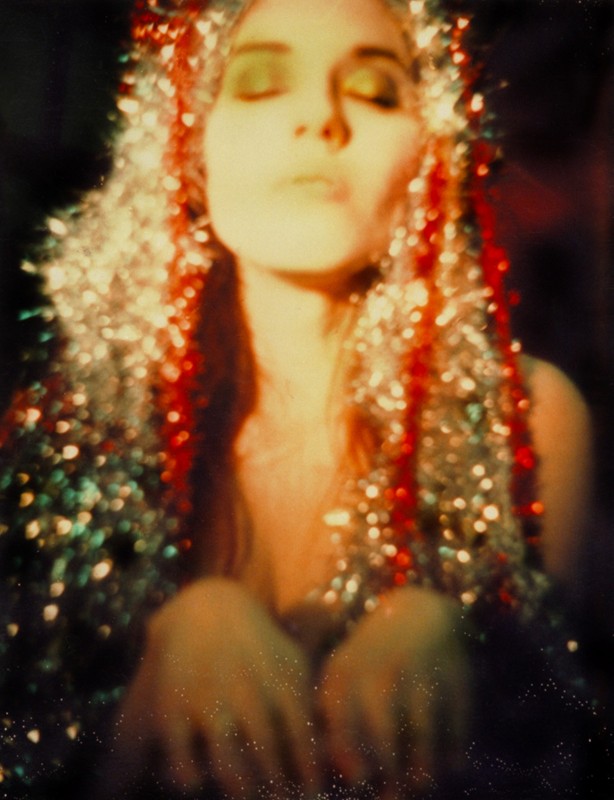
The early 1970s weren’t all Woodstock afterglow and flower power; these years played host to the Glam era and the rise of a new kind of excess. Glitzing its way from British fine art schools into the wardrobes of David Bowie and Bryan Ferry, Glam represented liberation via sartorial escapism and the blurring of gender lines. GLAM! THE PERFORMANCE OF STYLE at Schirn Kunsthalle Frankfurt delves into the era’s pop culture archives – from Roxy Music to the works of Andy Warhol and Richard Hamilton – in a union of art, music and fashion. Having kicked off the show, curator Darren Pih gave Dazed an insight into a world that truly indulged the senses.
Dazed Digital: So what defined the glam era? Darren Pih: Glam was lots of things. On the one hand, it was a style that was theatrical, visually excessive and artificial. It exhibits ideas of camp, androgyny and irony, as reflected in the work of Jack Smith, for example, and Steven Arnold, who feature in the exhibition. Of course, at the front face of pop culture it was evident in the work of David Bowie and the New York Dolls. Glam was also sophisticated in the sense that in synthesizes and collages past styles. But glam was more than an aesthetic. It's more like an attitude, a particular way of thinking about visual culture, identity, and personal style.
DD: What tied fine art and Glam together? Darren Pih: Well, I think we need to look at the emergence of Roxy Music, for example. The band evolved from a British art school educated milieu. During the 1960s and early 1970s, there was convergence between the realms of fine art, fashion, and music. It was a context that produced people like Antony Price, a graduated from the Royal College of Art in London, who was the image-maker and stylist of Roxy Music. Roxy Music’s leader Bryan Ferry studied fine art under pop artist Richard Hamilton.
DD: How did Glam manage to go from the college art scene to global pop phenomenon? Darren Pih: Gender debates were important at this time. During the early 1970s ideas of androgyny and gender ambivalence were pushed into pop culture. But these were also art ideas explored, for example, in work of artists such as Katharina Sieverding and Ulay. I do think, in fact, that glam was meaningful then – and still relevant today – because it revealed how identity and gender could be performed. It was portal for personal transformation.
DD: What would you say Glam working in reaction to? Darren Pih: I think […] that Glam was a reaction to the 1960s. The 1960s was a time of utopian, idealism and authenticity. It was the age of the protest song and the counter-culture. In counterpoint, Glam was a period of artifice. The early 1970s was a time of social and political unrest in the UK, and Glam seemed to offer an escape to fantasy.
DD: What can we expect from the exhibition? Darren Pih: The exhibition offers a new take on 1970s art through the prism of glam. It brings together works by major artists including Andy Warhol, Richard Hamilton, Sigmar Polke, Nice Style: The World’s First Pose Band, Jack Goldstein, Peter Hujar, Gilbert & George, and many others. This is presented with a rich array of photography, film, vintage posters, magazines and fashion to throw fresh light on a neglected period.
Glam! The Performance of Style runs until September 22 at Schirn Kunsthalle Frankfurt, Römerberg, 60311 Frankfurt


